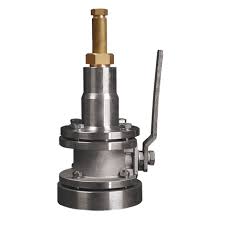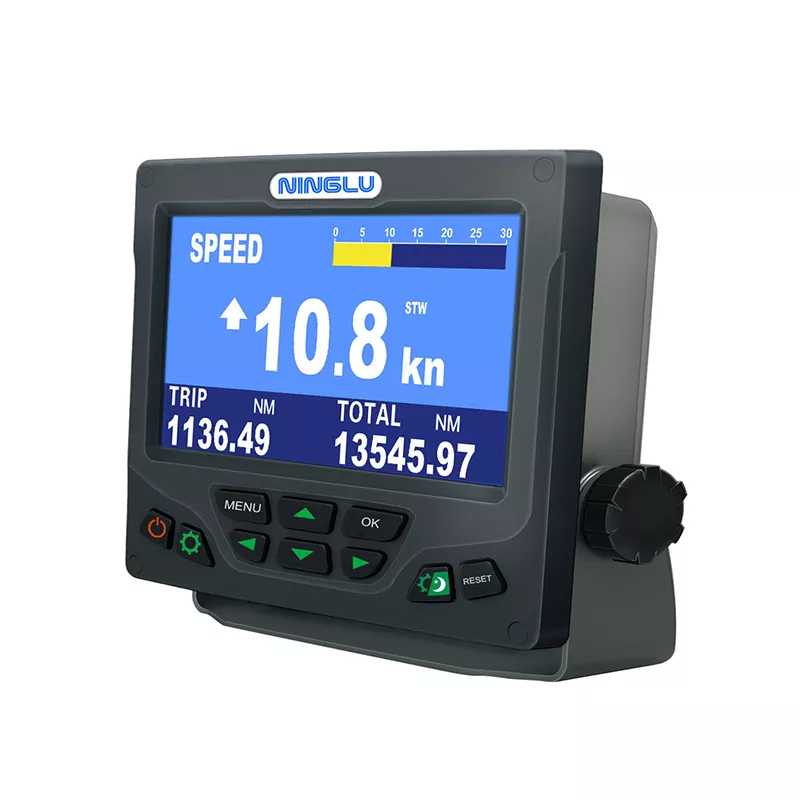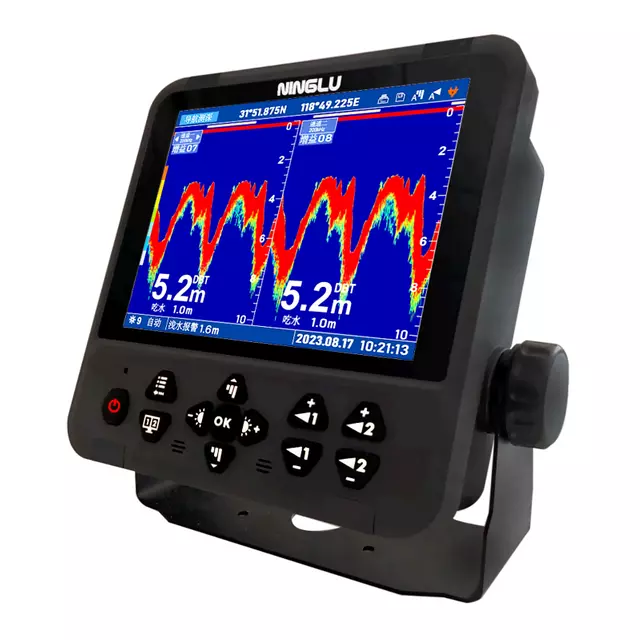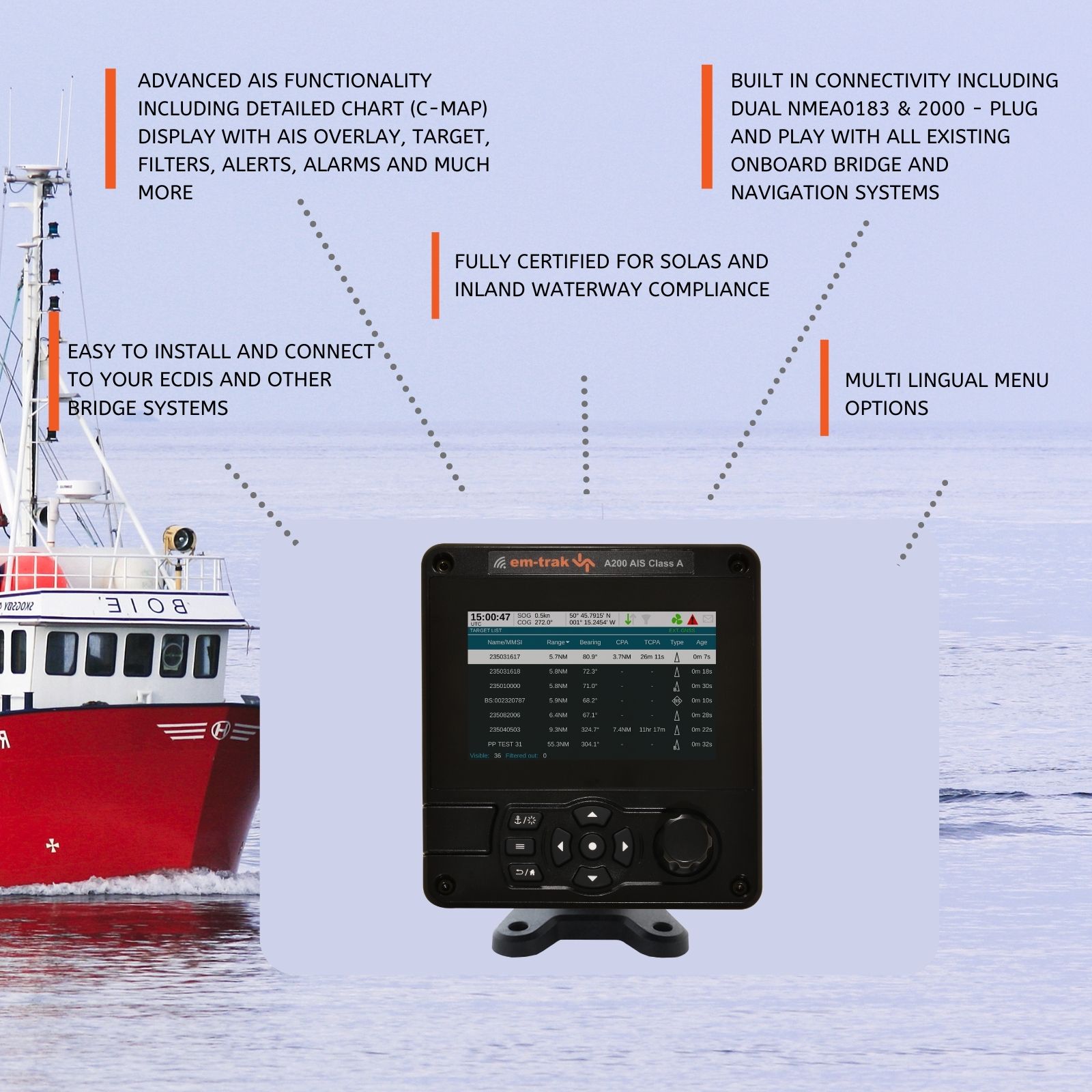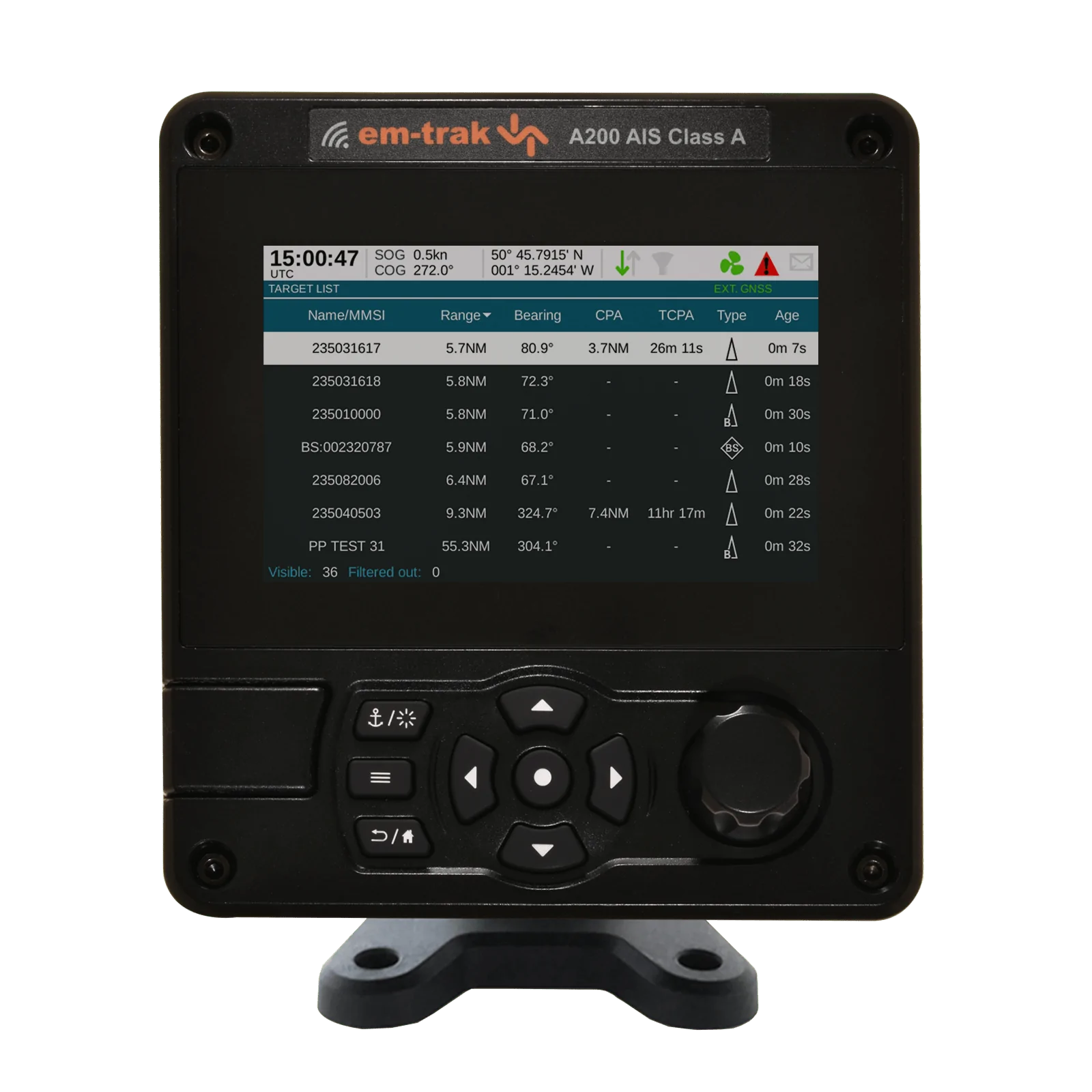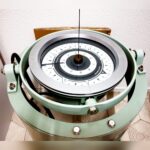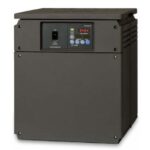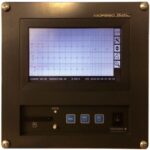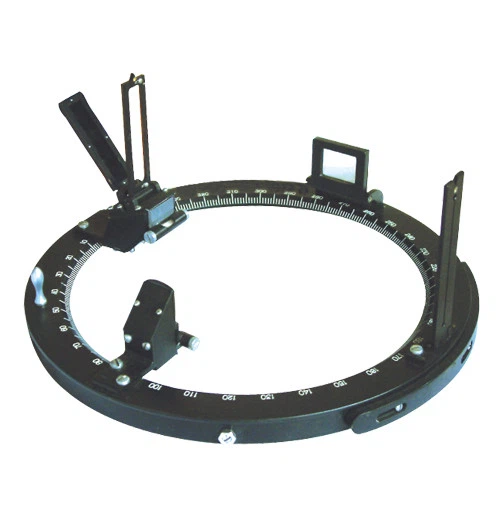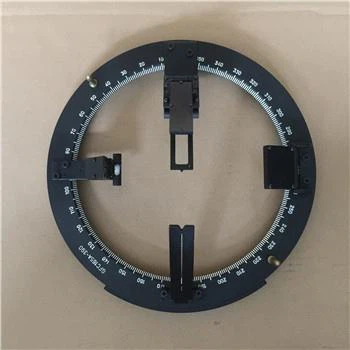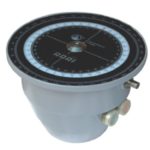SART: Essential for Maritime Safety
A Search and Rescue Transponder (SART) is a vital piece of equipment used in maritime emergency situations. It plays a crucial role in aiding search and rescue operations, ensuring the safety of vessels and their crews. Here’s everything you need to know about SART.
What is SART?
A Search and Rescue Transponder (SART) is a self-contained, battery-operated device used to locate and alert nearby vessels and rescue services about a ship or survival craft in distress at sea.
Key Features of SART
- Automatic activation when exposed to radar signals.
- Transmits precise location information to aid rescue operations.
- Battery-operated with a long shelf life.
- Compact and easy to deploy in emergency situations.
- Compliance with international maritime safety regulations.
How SART Works
When a SART detects radar signals from nearby vessels or aircraft, it automatically transmits a series of pulses back, which are displayed on the radar screen of the searching craft as a series of dots. This helps rescuers pinpoint the exact location of the distress signal.
Frequently Asked Questions (FAQs) about SART
| Question | Answer |
|---|---|
| What does SART stand for? | SART stands for Search and Rescue Transponder. |
| When should a SART be used? | A SART should be used when a vessel or survival craft is in distress and needs to alert nearby ships and rescue services. |
| How is a SART activated? | A SART is activated automatically upon exposure to radar signals. |
| What information does a SART transmit? | A SART transmits precise location information to aid rescue operations. |
| Is a SART battery-operated? | Yes, a SART operates on battery power, typically with a shelf life of several years. |
| What is the range of a SART? | A SART can typically be detected by radar at a range of several nautical miles, depending on weather and sea conditions. |
| Is a SART mandatory on all vessels? | Yes, certain types of vessels are required to carry a SART as part of their safety equipment, as per international maritime regulations. |
| Can a SART be manually activated? | No, a SART is designed to activate automatically upon exposure to radar signals. |
| How should a SART be mounted? | A SART should be mounted in a location that ensures it has a clear view of the sky and surrounding sea surface, typically on the highest point of a vessel. |
| Can a SART be used in conjunction with other distress signaling devices? | Yes, a SART can complement other distress signaling devices such as EPIRBs (Emergency Position Indicating Radio Beacons) and VHF radios. |
### Conclusion
SARTs are indispensable tools for maritime safety, providing a reliable means of alerting rescue services and ensuring prompt assistance during emergencies at sea. Understanding their functionality and regulatory requirements is essential for all maritime operators and crew members.

